Most Popular
Eye Plus
In Yeji-dong, or better known as “Watch Alley” in Jongno 4-ga in central Seoul, a cluster of watch shops form a sort of island where time remains frozen in a sea of shiny buildings, luxurious restaurants and countless coffee shops.

On the narrow street, dozens of watch shops attract a steadily declining stream of customers interested in affordable or rare watches. Behind glass benches where a wide range of wristwatches are displayed, repairmen, often middle-aged or older, work on broken timepieces with eye loops, tweezers and screwdrivers.
Although its surroundings have turned into a chic commercial district, the Watch Alley continues to keep its 1970s look and feel, with makeshift boxes, watch brand stickers and repair tools nestled in corners.
So striking is its contrast with today’s image of Seoul that Korean filmmakers often make actors run through the street to capture the aura of strange discrepancy coming from the street’s outdated appearance.
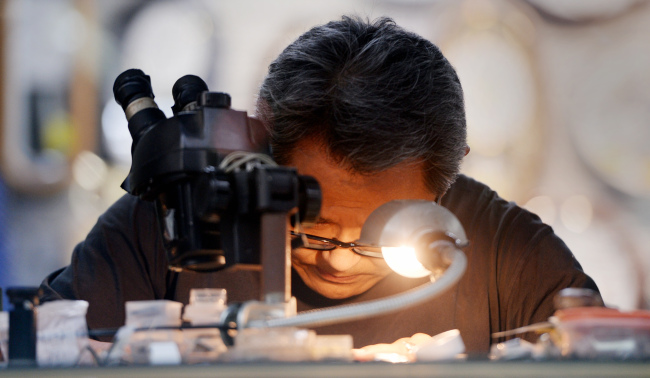
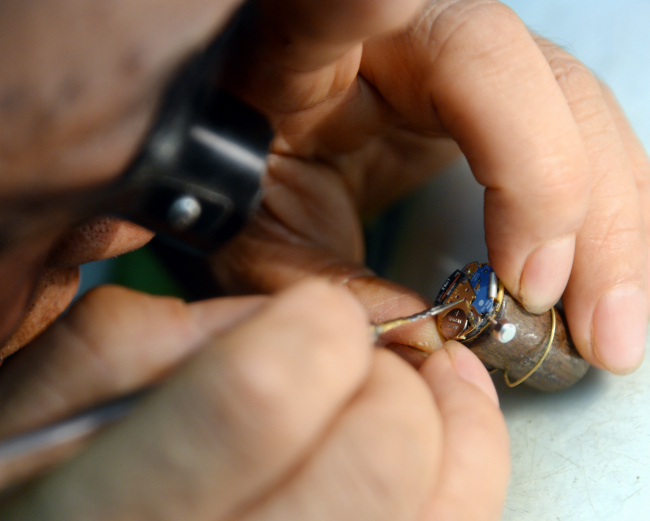
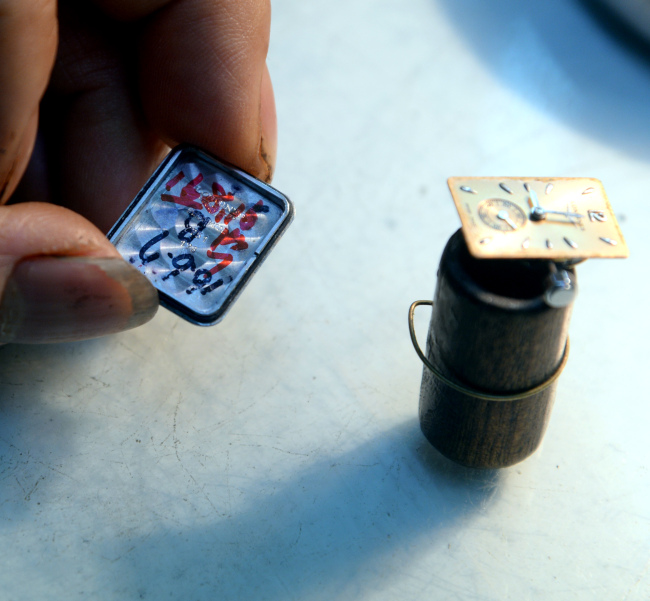
Repairmen in the Watch Alley have also maintained their skills over the years.
Not only local customers with mechanical wristwatches but also foreign aficionados of rare watches come to visit the shops to have their timepieces repaired and polished.
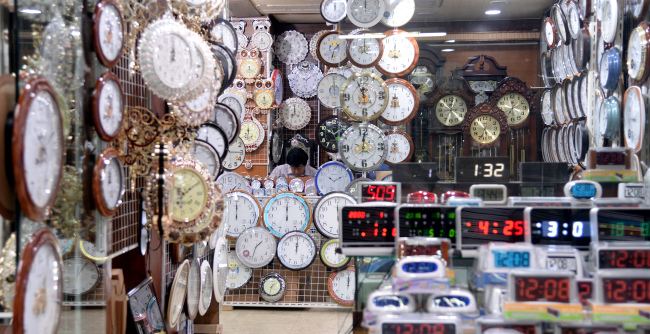
The street began to take shape in the 1950s with a handful of shops dealing in secondhand foreign-made wristwatches, some of which came from the US military bases in Korea.
In the 1970s, the number of watch shops expanded dramatically. The Watch Alley enjoyed a boom in the 1980s when people rushed to buy popular electronic watches. Its business remained solid in the 1990s, with shops offering reasonable prices and competent repair services.
However, things began to change in the late 1990s when mobile phones were introduced. As mobile phones tell time, the sales of wristwatches targeting middle class consumers, especially newlyweds buying gifts for their partners, suffered a serious setback.
In the following years, only the high-end wristwatch market remains afloat, but it is mostly handled by department stores and luxury shops, leaving Yeji-dong watch shops stranded and isolated by the sweeping changes.
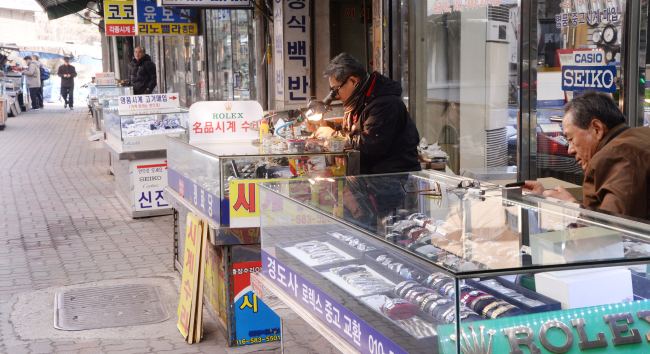
At the height of its boom, almost 1,000 shops filled the street. Now, around 50 shops are left in the dwindling space. But the remaining watch repairmen and sellers still have a strong sense of pride in their trade. They still get a steady number of repair and restoration requests from watch lovers at home and abroad.
No sign that the watches in the street will stop ticking -- at least not yet.
Photographed by Park Hyun-koo
Written by Yang Sung-jin

On the narrow street, dozens of watch shops attract a steadily declining stream of customers interested in affordable or rare watches. Behind glass benches where a wide range of wristwatches are displayed, repairmen, often middle-aged or older, work on broken timepieces with eye loops, tweezers and screwdrivers.
Although its surroundings have turned into a chic commercial district, the Watch Alley continues to keep its 1970s look and feel, with makeshift boxes, watch brand stickers and repair tools nestled in corners.
So striking is its contrast with today’s image of Seoul that Korean filmmakers often make actors run through the street to capture the aura of strange discrepancy coming from the street’s outdated appearance.



Repairmen in the Watch Alley have also maintained their skills over the years.
Not only local customers with mechanical wristwatches but also foreign aficionados of rare watches come to visit the shops to have their timepieces repaired and polished.

The street began to take shape in the 1950s with a handful of shops dealing in secondhand foreign-made wristwatches, some of which came from the US military bases in Korea.
In the 1970s, the number of watch shops expanded dramatically. The Watch Alley enjoyed a boom in the 1980s when people rushed to buy popular electronic watches. Its business remained solid in the 1990s, with shops offering reasonable prices and competent repair services.
However, things began to change in the late 1990s when mobile phones were introduced. As mobile phones tell time, the sales of wristwatches targeting middle class consumers, especially newlyweds buying gifts for their partners, suffered a serious setback.
In the following years, only the high-end wristwatch market remains afloat, but it is mostly handled by department stores and luxury shops, leaving Yeji-dong watch shops stranded and isolated by the sweeping changes.

At the height of its boom, almost 1,000 shops filled the street. Now, around 50 shops are left in the dwindling space. But the remaining watch repairmen and sellers still have a strong sense of pride in their trade. They still get a steady number of repair and restoration requests from watch lovers at home and abroad.
No sign that the watches in the street will stop ticking -- at least not yet.
Photographed by Park Hyun-koo
Written by Yang Sung-jin








![[Kim Seong-kon] Democracy and the future of South Korea](http://res.heraldm.com/phpwas/restmb_idxmake.php?idx=644&simg=/content/image/2024/04/16/20240416050802_0.jpg&u=)







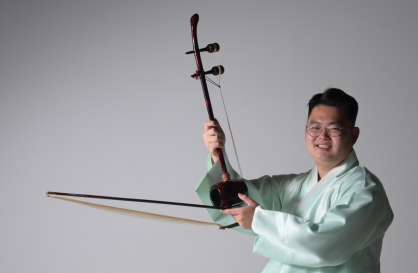




![[KH Explains] Hyundai's full hybrid edge to pay off amid slow transition to pure EVs](http://res.heraldm.com/phpwas/restmb_idxmake.php?idx=652&simg=/content/image/2024/04/18/20240418050645_0.jpg&u=20240418181020)

![[Today’s K-pop] Zico drops snippet of collaboration with Jennie](http://res.heraldm.com/phpwas/restmb_idxmake.php?idx=642&simg=/content/image/2024/04/18/20240418050702_0.jpg&u=)